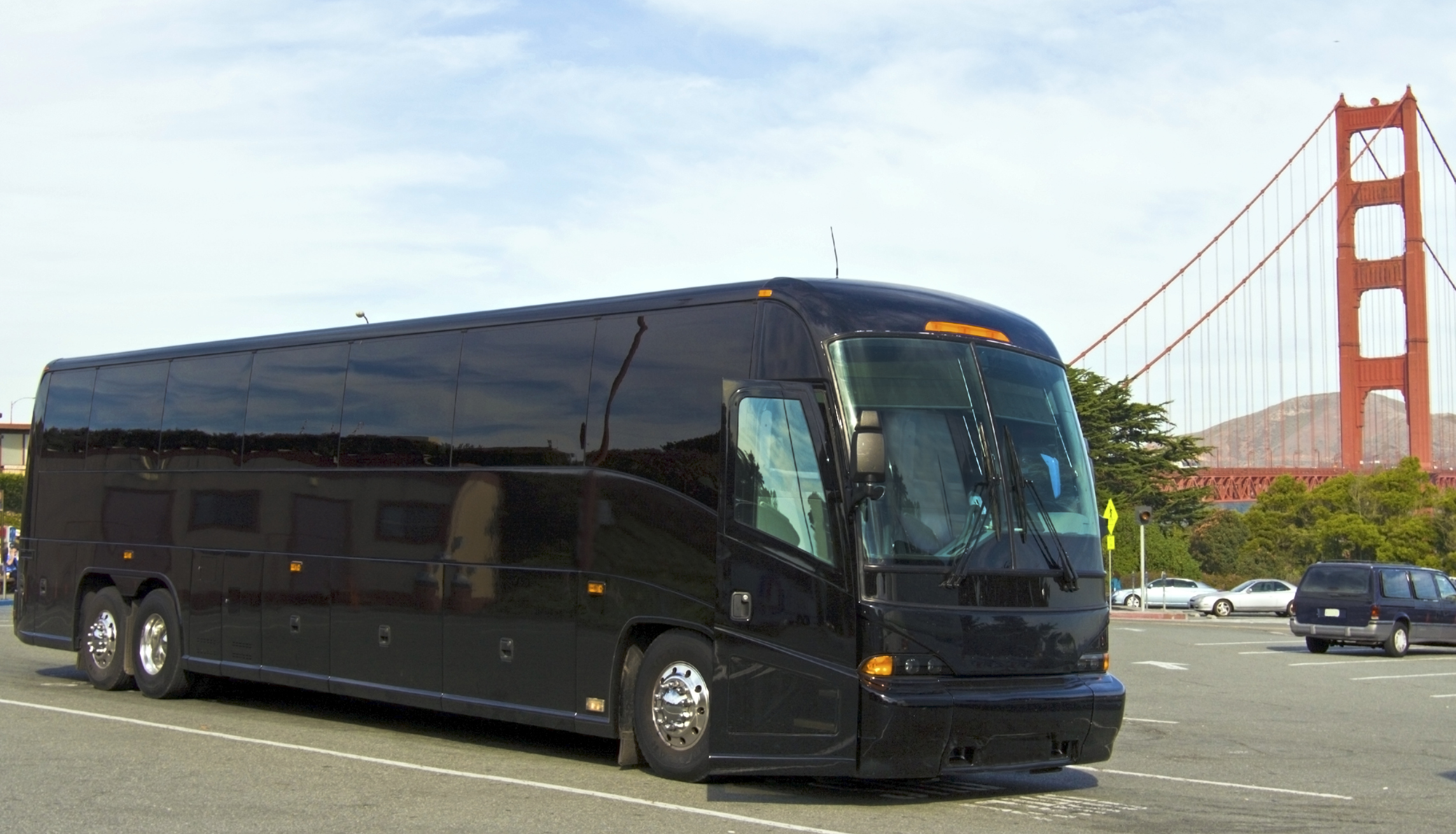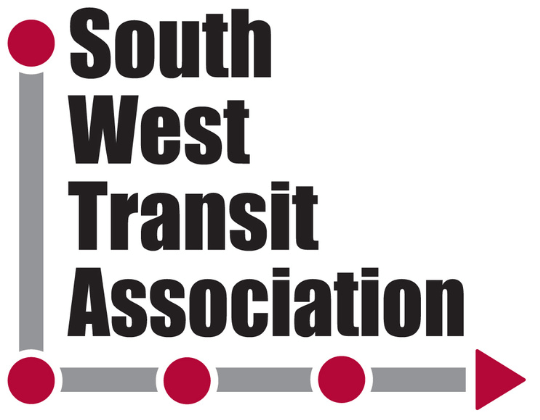Vanpools and Employee Shuttles - What's the Difference?
Learn more about employee transportation, route planning, fleet management, as well as cost and subsidy information for vanpool and employee shuttle bus transportation

Employees have a lot of options to commute to work but companies that offer subsidized employee transportation can retain their existing workforce, reach more potential candidates, reduce parking demand, and cut carbon emissions.
Many companies offer discounted or free rides on vanpools, minibuses, and employee shuttles. Each vehicle and mode has benefits and drawbacks that can depend on company size, rider location, employee schedules, and more.
What are Vanpools?
Vanpools are similar to carpools but in a larger passenger vehicles. The riders and driver typically live in the same area and share the commute to a common workplace. Vanpools typically carry 3 to 10 passengers and in many cases leave in the morning for their destination and return in the evening to the original pick up location.
Vanpools can be open to the public and funded by commuter benefits and additional rider fares or run privately by an employers or business park with ridership limited to employees.
Employers can offer pre-tax commuter benefits to their employees (typically up to $280/month) to cover vanpool expenses as well as direct subsidies for any additional costs to ensure that employees have a save and predictable commute to work.
What are Employee Shuttles?
Employer shuttles are typically larger passenger vehicles (15 – 56 passengers) that transport employees between their home and office/workplace. Employee shuttles are typically private and funded by a company directly with no cost to the employee.
Employee shuttles typically require a concentrated population to attract enough ridership to justify a larger vehicle. Some employee shuttles can connect with existing public transit to provide first-mile/last-mile service. In other cases employee shuttles may only run between offices and other workplaces within a campus and do not take employees to/from their home.
Are Vanpools or Employee Shuttles Right for my Company?
Vanpools are a great way to get started and grow an employee transportation program. Vanpool programs are easier to scale by adding new vans for every 5-10 riders. Eventually with enough demand and density routes can be serviced by larger shuttle buses that can typically carry around 50 passengers.
Vanpool Network
Vans carry 5-10 passengers on fixed or dynamic routes based on demand
Shuttle Buses
Larger buses require more riders to fill seats and can stop at more than one pick up point on the way to the workplace
Costs, Fares, and Subsidies
Vanpools

- Costs can be covered by transportation benefits, employer subsidies, and additional rider fares to cover remaining expenses
- Can be open to the public or closed to employees (closed-network/private vanpools may not be eligible for transportation benefits)
- Driver is typically an employee or member of the vanpool group and only needs a regular drivers license
Shuttle Buses

- Typically employer sponsored – vehicle, driver, and fuel costs are all paid by the company as an employee perk
- Usually not eligible for transportation fringe benefits but vehicles may be purchased with grants or other tax benefits for EV vehicles
- Ridership limited to employees of the company or business park
- Driver is typically paid with appropriate license
Using Vanpools and Employee Shuttles
Starting or expanding an employee transportation program typically requires buying or leasing vehicles, determining funding, subsidies, and fares, as well as managing vehicles, drivers, and schedules.
If your company is considering private/employee-only vanpools then you’ll likely have to purchase or rent the vans themselves. Companies such as AirPortVan Rentals and other local commercial vehicle fleet lessors near you may offer 10-15 passenger vans for lease on a monthly or as-needed basis. This flexibility allows your program to easily grow to meet new demand.
Another option is to partner with your local Transportation Management Association or transportation department to start or expand a public vanpool program. Companies can provide transportation benefits and subsidies to cover their employee’s cost on the public vanpools. Typically the vans, maintenance, and insurance are handled by the TMA or city.
If you need more capacity for a private employee shuttle then your company will need to purchase or lease buses from a fleet in your area. Most bus leasing companies offer minibuses that can seat between 15-25 passengers as well as larger buses that can accommodate up to 60 people. Usually the fleets will handle maintenance and storage of the buses as well as provide a commercially-licensed driver.



